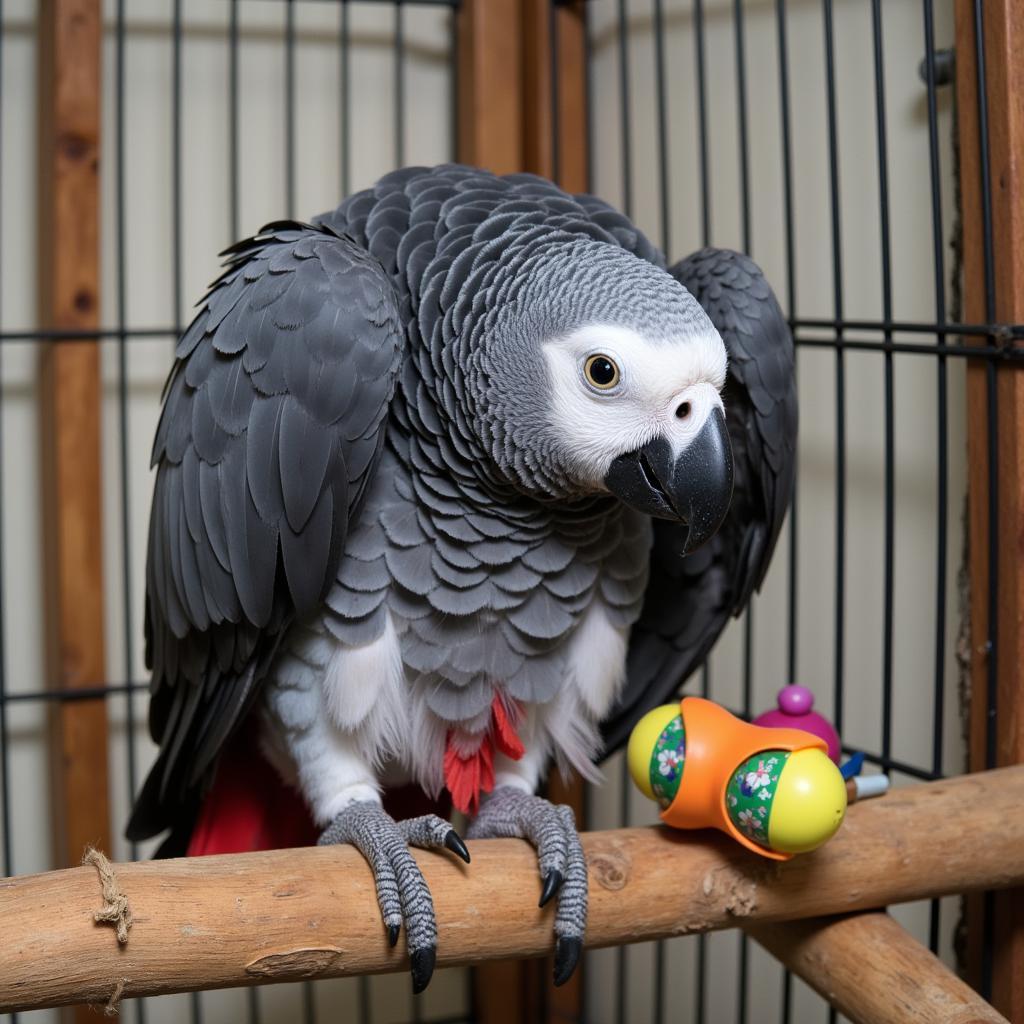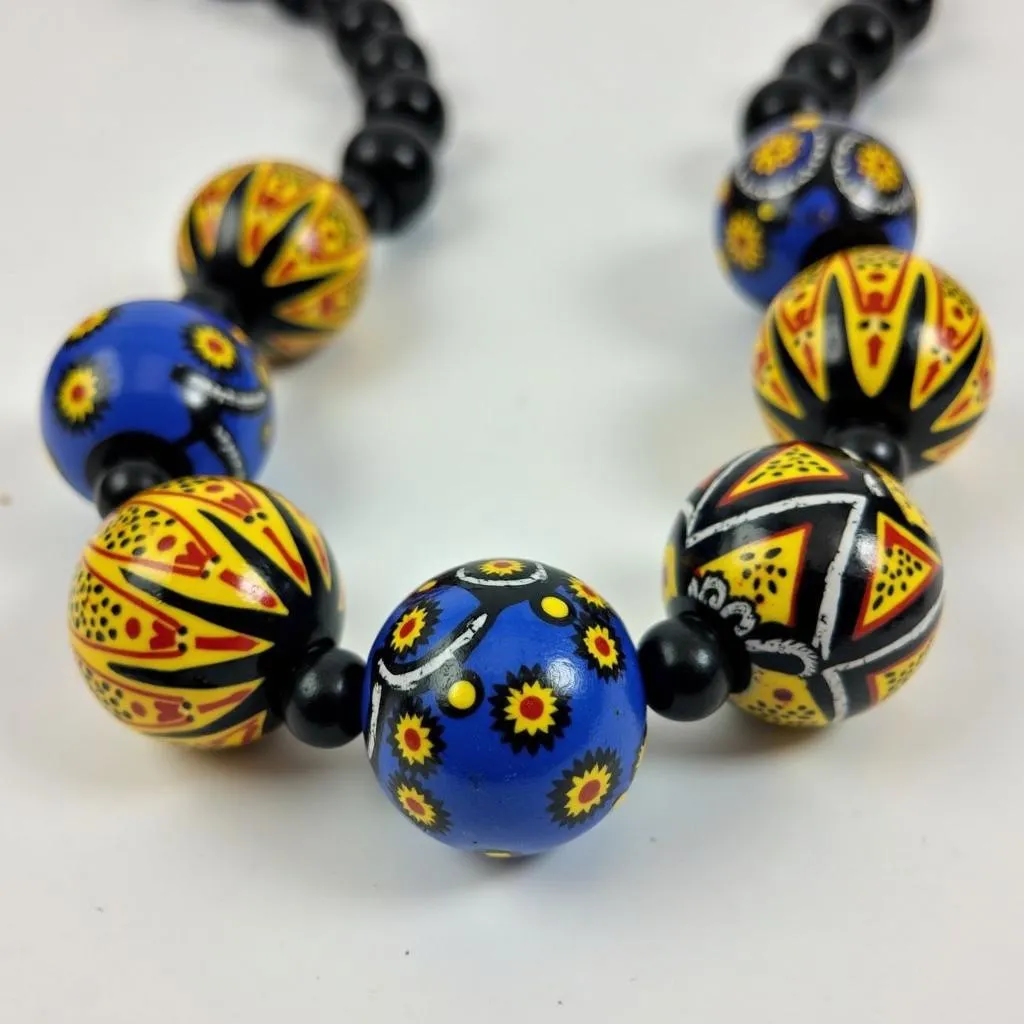African Graffiti: A Vibrant Expression of Culture and History
African Graffiti is a powerful and multifaceted art form that transcends the simple act of tagging walls. It’s a vibrant tapestry woven with layers of history, culture, politics, and social commentary. It’s a visual language that speaks to the soul of Africa, showcasing its diversity, resilience, and artistic spirit.
From the vibrant murals adorning the streets of Cape Town to the intricate designs etched onto the walls of ancient ruins in Timbuktu, African graffiti tells stories that have been passed down through generations. It’s a form of visual storytelling, a platform for self-expression, and a powerful tool for social change.
The Origins and Evolution of African Graffiti
The roots of African graffiti can be traced back to ancient times, with examples found in rock art and cave paintings across the continent. These early forms of artistic expression served as a way to communicate, tell stories, and document important events.
“The oldest examples of African graffiti can be found in rock art sites like the Tassili n’Ajjer in Algeria, which date back thousands of years.” – Professor Amina Mama, African Art Historian
In modern times, African graffiti has been influenced by a variety of factors, including globalization, urbanization, and the rise of hip-hop culture. It has emerged as a potent force in shaping the visual landscape of cities across the continent, reflecting the aspirations, struggles, and identities of its people.
Exploring the Diverse Styles and Themes
African graffiti is as diverse as the continent itself, showcasing a vast array of styles, techniques, and themes. Some of the most common themes include:
1. Celebrating Cultural Heritage
Many African artists use graffiti to celebrate their cultural heritage, depicting traditional symbols, masks, and motifs. They often incorporate elements from their own ethnic groups, creating a sense of community and pride.
2. Addressing Social Issues
African graffiti artists are often vocal critics of social injustice and inequality. They use their art to raise awareness about issues such as poverty, corruption, and discrimination.
3. Political Commentary
Graffiti has been used as a powerful tool for political protest and activism across Africa. It can be seen as a form of visual dissent, challenging oppressive regimes and demanding change.
4. Urban Renewal and Beautification
In many African cities, graffiti artists are transforming neglected spaces into vibrant hubs of creativity. They are turning bland walls into captivating works of art, contributing to the revitalization and beautification of their communities.
Beyond the Walls: The Impact of African Graffiti
African graffiti has transcended the realm of street art, becoming a global phenomenon. It has captured the attention of art collectors, galleries, and museums, showcasing the talent and innovation of artists across the continent.
“African graffiti is no longer just a form of street art, it’s a cultural movement that’s challenging perceptions and redefining the art world.” – Aisha Daudi, Contemporary Art Curator
The impact of African graffiti is felt far beyond the walls it adorns. It has sparked conversations about culture, identity, and social justice, inspiring new generations of artists and activists to use their voice and create meaningful change.
Frequently Asked Questions (FAQs)
1. Is African graffiti legal?
The legality of graffiti varies depending on the country and location. In some areas, it is strictly prohibited, while in others, designated spaces are available for artists to express themselves.
2. What are some famous African graffiti artists?
Some of the most famous African graffiti artists include:
- Fafi (South Africa)
- El Seed (Tunisia)
- Osborne Macharia (Kenya)
- The Ancestor (South Africa)
3. How can I learn more about African graffiti?
There are numerous resources available to learn more about African graffiti, including:
- Online galleries and blogs
- Documentaries and films
- Art exhibitions and festivals
- Books and publications
4. How can I support African graffiti artists?
You can support African graffiti artists by:
- Attending their exhibitions and events
- Purchasing their artwork
- Following them on social media
- Donating to organizations that promote street art in Africa.
5. What is the future of African graffiti?
The future of African graffiti is bright, with a new generation of artists pushing the boundaries of creativity and using their art to address important social issues. It’s an art form that continues to evolve and inspire, reminding us of the power of visual storytelling and the importance of self-expression.
Let’s continue the conversation! Do you have any other questions about African graffiti? Feel free to leave a comment below or contact us directly. We’d love to hear your thoughts and experiences.



